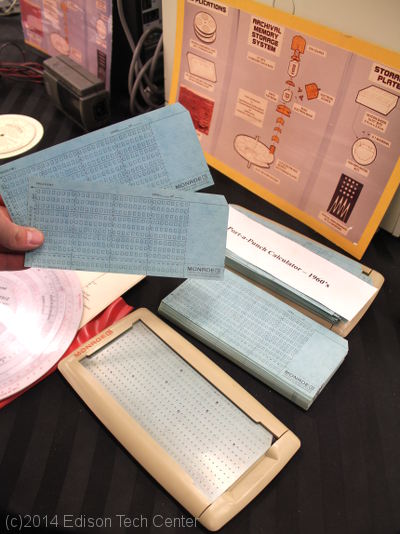Computers
What is a computer?
A computer is any device that processes data. The normal use of the word computer references an electronic device which is designed to carry out mathematic (logic) calculations automatically. There are computers everywhere today from your refrigerator to your car.
Engineering and Computers:
It takes a set of parts to make a computer run and electrical/materials engineers have worked to improve each part with the common goals of getting computers to be:
Faster
Cheaper
Smaller
More durable
More energy efficient
A computer is the product of every type of engineering field imaginable: Chemical, mechanical, software, electrical, control, systems, etc. No matter which field of engineering you prefer, there is always a role for you in computer design.
Components of a Computer System:
Parts of a computer and connected system:
-Electric power: Battery, PV or AC grid power
-Power Supply (Transformer)
-Fan or liquid cooling (used to cool the CPU or all the internal parts)
-CPU (Control Unit) - The 'brain' of the computer which processes code and controls all parts of the computer from the power supply to the monitor
-ALU (arithmetic logic unit) - This part of the CPU handles the logic calculations
-RAM random access memory - is quickly read and written as the CPU does calculations
-ROM read-only memory - is used to store 'firmware' like the operating system, it is preloaded
-BIOS is a program that loads the firmware data from the ROM (on hard disk drive or solid state drive) to the RAM where it can be accessed instantly by the CPU
-Input Devices - take input from other places like the user, or another computer (keyboard, mouse)
-Output Device - takes data and sends it out, like a printer or monitor
-Both Input/Output Device - hard disk drives, optical disk drives, tape drives - all of these take data from the CPU (output) and give data back (input)
Components:
The Transistor - the building block of computers, it is nothing but a switch made of semiconductor material. By putting a number of switches together you can do math problems, and therefore 'compute'.
Vacuum Tubes - are used to do all sorts of jobs from power conditioning to actual calculations. There are many kinds of vacuum tubes. Tubes are still in use today and on a comeback as vacuum transistors (nanotechnology) could replace silicon microchips since they could be much faster than silicon based devices.
ICs - Integrated Circuits (microchips) - a set of circuits on one 'chip' a chip may be made of silicon, diamond or other semiconductor. It is made of billions of tiny transistors built into the silicon chip.
Video: Engineer Dr. Bhat at Rensselaer Polytechnic Institute tells us how IC chips are made as part of our video on copper:
Silicon Chips - the most standard
of chips. It is easy to work with and made of low cost materials. See
the video above to learn about how circuits are etched into typical chips
of today. Today's CPUs use copper which has been laser etched, however
in the 1980s and 90s aluminum was used. IBM developed the first
chips with multiple layers in one chip, this allowed for more density
on one chip.
Diamond Chips - crystalline
carbon (artificial diamond) chips have been used by the military for a
while as they are resistant to EMP and solar flare events, they are typically
used in satellites and are too expensive for consumer use.
Nano technologies - carbon nanotubes
are being developed which can act as a semiconductor, and therefore could
be used as a transistor. These tubes are 1/50,000th the size of
human hair. Engineers are working on ways to grow nanotubes in desired
patterns to they can actually build devices with pure carbon. Another
challenge is finding ways to attach metal contacts to the tubes.
Computer History:
Use this timeline here to learn in detail about each year of computer
development:
Computer History Museum
Timeline

Punch cards used to be how computers communicated with humans before monitors and printers. These cards on display at the Edison Tech Center are from a Port-a-Punch Calculator (1960s). |
Below: Bernard Widrow tells us about when he first developed random access memory:
Further Research:
Early computers at GE
Related Topics:
![]()
Semiconductor Electronics
![]()
Magnetic Recording
![]()
Hard Disk Drives
![]()
Vacuum Tubes
![]()
Capacitors
![]()
More Stuff
Article by MW
Sources:
Science Daily
Interview with Professor Bhat. Edison Tech Center. 2012
Wikipedia
Photos/Video:
Edison Tech Center / Minerals Education Coalition
Whelan Communications

